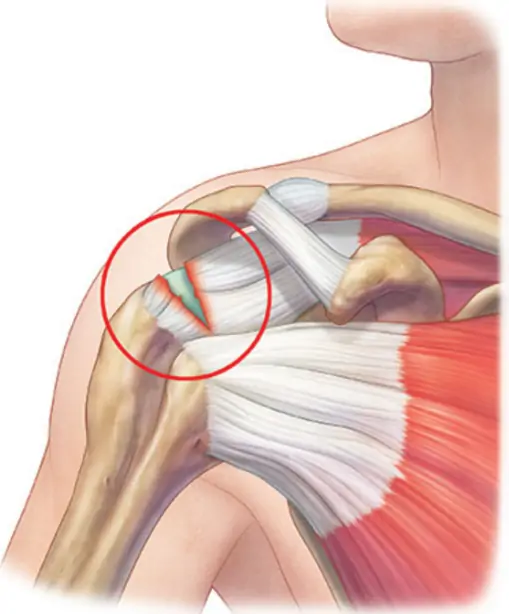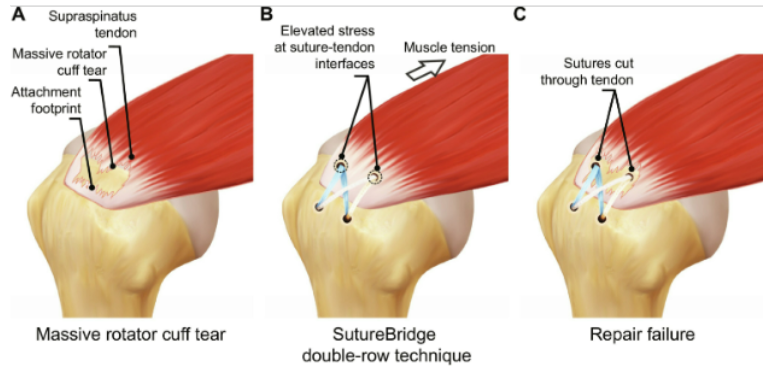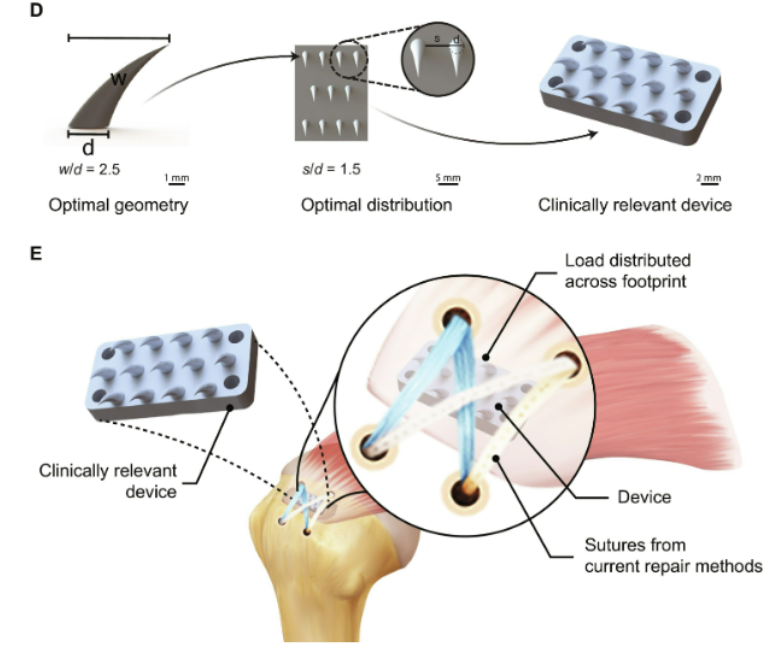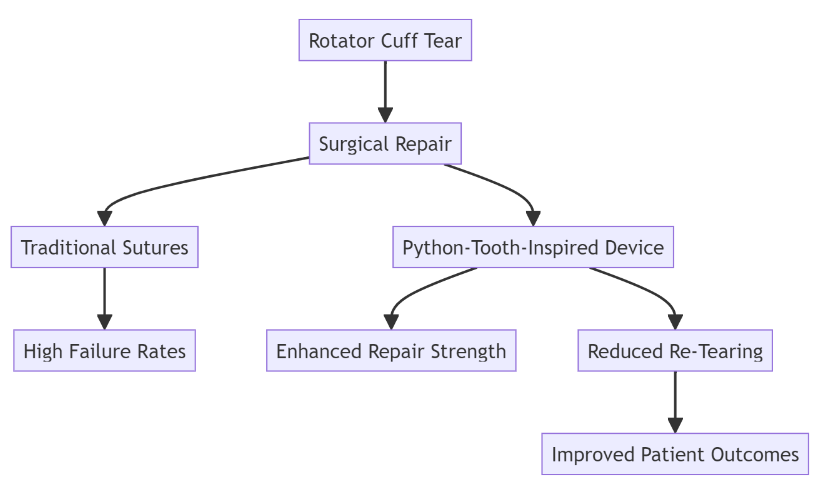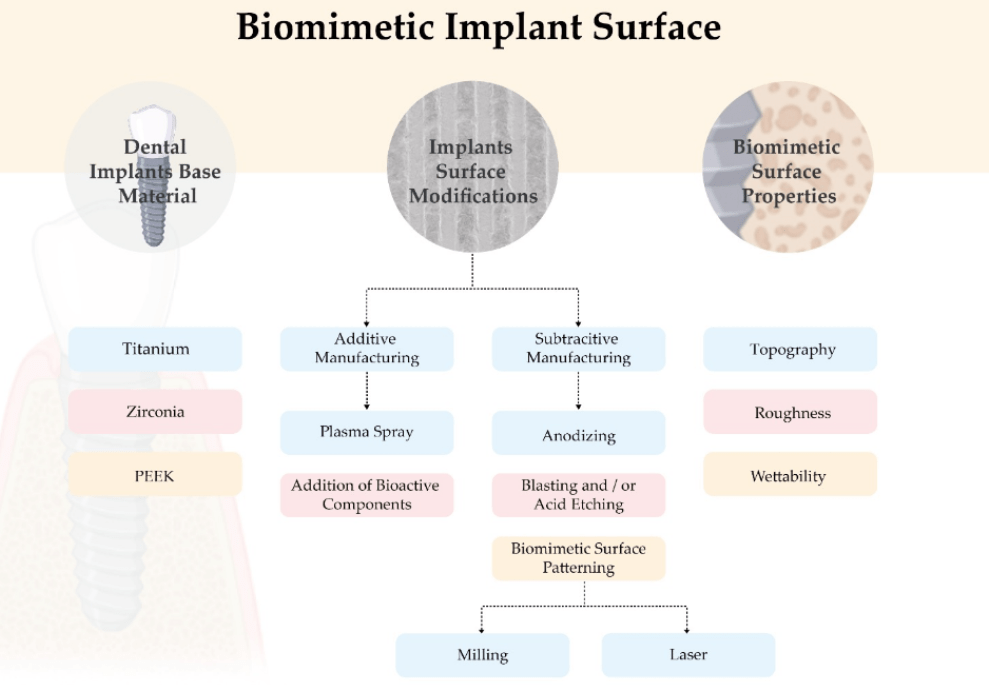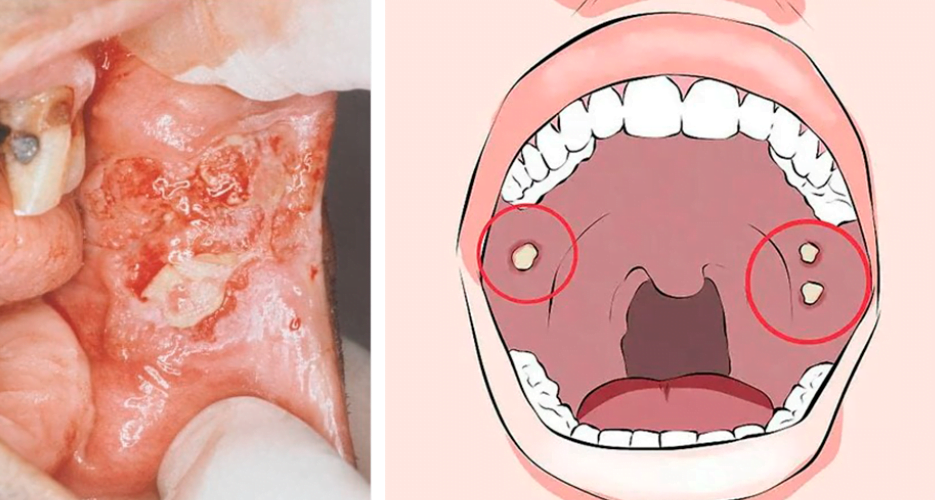Unexpected results from a study of python teeth: a new approach in shoulder rotator cuff repair in humans
The topic of this article is not related to dentistry, but we thought it would be of interest to all people in the medical community and medicine. After all, teeth are also mentioned here, so we published this post here.
Rotator cuff injuries are a common and debilitating issue, particularly among the aging population. Traditional surgical methods for repairing these injuries often face high failure rates due to the limitations of sutures. In a groundbreaking study, researchers have developed a novel device inspired by the mechanics of python teeth, which promises to significantly enhance the strength and success of rotator cuff repairs.
The Prevalence and Impact of Rotator Cuff Injuries
Rotator cuff tears affect over 17 million individuals annually in the United States. The incidence increases with age, affecting more than 40% of the population over 65 years old. These injuries result in shoulder pain and decreased mobility, severely impacting the quality of life. Annually, over 600,000 rotator cuff surgeries are performed in the U.S., costing approximately $3 billion. However, traditional surgical techniques often fail to provide long-term solutions, particularly for older patients and those with severe tears.
Challenges in Rotator Cuff Repair
Surgical repair aims to restore the anatomical attachment of the tendon to the bone. Despite advancements in techniques, the fundamental method of sewing tissues together using sutures has remained largely unchanged. Sutures transfer tension at high-stress grasping points, often leading to suture pull-through or cheesewiring, where the sutures tear through the tendon. This results in repair-site gapping or rupturing, with failure rates ranging from 20% in younger patients with minor tears to 94% in elderly patients with massive tears.
Biomimicry: The Key to Innovation
Dr. Stavros Thomopoulos, a professor of orthopedics and biomedical engineering at Columbia University, has been at the forefront of developing a python-tooth-inspired device to address these challenges. The device mimics the backward-curving teeth of pythons, which are adept at grasping soft tissue without cutting through it. This innovative approach aims to augment the strength of rotator cuff repairs and reduce the risk of tendon re-tearing.
The Python-Tooth-Inspired Device
The research team utilized simulations, 3D printing, and ex vivo experiments on cadavers to develop and refine the device. The final product is a biocompatible resin array of teeth atop a curved base. The teeth, only 3mm high, are designed to grasp rather than cut the tendon, minimizing the risk of damage. The base is customizable via 3D printing to match the patient’s specific curvature of the humeral head at the supraspinatus tendon attachment site.
(A) Schematic of a massive rotator cuff tear. (B) Schematic of a standard rotator cuff repair using sutures to repair tendon back to bone. (C) Schematic of repair failure due to sutures cutting through tendon. (D) Integrating simulations, 3D printing, and experiments, we determined the optimal grasping tooth shape and the optimal distribution of an array of grasping teeth and applied these results to develop a python tooth biomimetic device for rotator cuff repair. (E) The python tooth–inspired device interposed between tendon and bone significantly enhanced rotator cuff repair mechanics by improving stress distribution across the attachment footprint.
Key Features
- Biocompatible Material: Made of a biocompatible resin to ensure safety and integration with human tissue.
- Customizable Design: The base can be 3D printed to fit the patient’s anatomy, ensuring a precise and secure attachment.
- Non-Invasive Integration: Surgeons can incorporate the device into existing surgical techniques, enhancing repair strength without the need for significant procedural changes.
Potential Benefits and Clinical Implications
The device has shown promising results, nearly doubling the repair strength in preliminary studies. Its ability to securely grasp the tendon without causing damage could revolutionize rotator cuff repair, particularly for older patients and those with severe tears. By reducing the likelihood of re-tearing, this innovation could improve patient outcomes and decrease the overall healthcare costs associated with rotator cuff injuries.
Future Directions
The research team is currently developing a bioabsorbable version of the device, which would degrade as the tendon heals, further enhancing its clinical applicability. They are also preparing for a pre-submission meeting with the FDA to facilitate the transition of the device into the market. This step is crucial for bringing this potentially transformative solution to patients worldwide.
Conclusion
The python-tooth-inspired device represents a significant advancement in rotator cuff repair, addressing long-standing challenges associated with traditional suture methods. By leveraging biomimicry, this innovative approach offers a promising solution to enhance repair strength, reduce re-tearing, and improve patient outcomes. As research progresses, the potential for widespread clinical adoption grows, paving the way for better care of rotator cuff injuries.
By embracing innovative biomimetic solutions, we can significantly improve the treatment and management of rotator cuff injuries, offering hope and enhanced quality of life for millions of patients.
Sources
- ScienceDaily – New device inspired by python teeth doubles strength of rotator cuff repairs – June 28, 2024
- Science Advances – Python tooth–inspired fixation device for enhanced rotator cuff repair – June 28, 2024





